If you’re gathering World Environment Day activities for your primary school classroom, then you’ve landed in the right place! With the event coming up on 5 June, it’s a perfect chance to teach your little learners about the importance of preserving our planet.
We know how tricky it can be to explain topics such as pollution, ecosystems and biodiversity to young kids, but we’re here to provide you with the tools and guidance to help. The Teach Starter teacher squad have gathered a bunch of World Environment Day activities to weave into your lesson plans, as well as information on the history of World Environment Day, the 2024 theme. Keep reading to find out!
What Is World Environment Day?
Run by the United Nations, World Environment Day aims to raise awareness about the issues the environment currently faces and encourage people to take action. The first World Environment Day was held back in 1973 and has since become a globally recognised day celebrated by millions, including primary teachers and their students.
When Is World Environment Day 2024?
Unlike some other events, which occur on a different date each year, this global event is easy to plan for as it’s held on 5 June all around the world.
In 2024, World Environment Day will be on Wednesday, 5 June, and it will be an excellent opportunity to get your class involved. So, mark this date in your calendars!
What Is the Theme of World Environment Day?
Each year, the event has a different theme to raise awareness about specific environmental issues and discuss solutions to combat these global topics. Focusing on the theme can help you as a teacher—it focuses where you should expend the most effort!
In 2024, World Environment Day’s theme will focus on land restoration, desertification, and drought resilience under the slogan ‘Our land. Our future. We are #GenerationRestoration.’
World Environment Day Activities
So, how can we get our students involved in #GenerationRestoration? It might seem like an impossible task for young kids to restore our planet single-handedly, but we have a bunch of handy resources to help students understand the importance of caring for the environment and learn small steps to preserve it.
Conduct a Local Habitat Restoration Project
A perfect activity to directly support #GenerationRestoration is to organise a day on which students, teachers, and even parents can participate in restoring a local habitat, such as planting native trees, shrubs, and flowers in a nearby park, nature reserve, or on school grounds.
By doing this, students can feel a sense of accomplishment that their actions are contributing to the cause of World Environment Day.
Make a School Veggie Patch
You may already have a school veggie patch; if not, this is your sign to start one!
Teach your students to become little green thumbs by building or restoring a school garden where they can plant and care for native plants, vegetables, and herbs. It doesn’t have to stop there, though; this is a great opportunity to incorporate lessons on composting, sustainable gardening practices, and the benefits of biodiversity.
Run a Water Conservation Advertising Campaign
Get students thinking about ways in which we can reduce water waste at home and in school by running a water conservation campaign.
After introducing your class to the importance of water conservation, students can brainstorm actionable ways to save water. These might include appointing students as water monitors to report water leaks and ensure all taps are off or a whole-school project such as installing a rainwater system.
Your students can then turn their ideas into a poster format and present them to the rest of the class to ‘sell’ their ideas. You could even pop the completed posters in a communal spot in the school for other year levels to adopt their idea for water conservation.
Learn About the Importance of Soil
When you think of natural resources in need of regeneration, you might not immediately think of soil, but almost 60 per cent of all species live in soil, and it is estimated that 95 per cent of our food is directly or indirectly produced on soil.
Soil is more than just the dirt under our feet, it’s essential to teach our future generations how to preserve it. You can start these conversations by teaching kids why soil is so important and how soil is created.
Focus on Wildlife Habitat Creation
You might have noticed man-made possum nests or boxes while walking through conservation parks or have one in your backyard! But does your school have one?
A significant effect of deforestation is the destruction of wildlife habitats, but as part of #Generation Restoration, we can take steps to create safe habitats and environments for wildlife.
Other Aussie schools, such as North Ainslie Primary School in the ACT, have installed possum houses around the school grounds and used them as a learning opportunity for kids to study ecosystems and learn ways to protect them.
Make a Climate Action Pledge
Have students take a climate action pledge where they explore and commit to actions they can take to restore our environment.
One way to kickstart your climate action is to create a pledge wall or classroom display where students can write their commitment on a piece of paper and their names and pop it on the wall. Keep it up in the classroom all year round and reflect on whether you’ve fulfilled the actions at the end of the year.
Be Plastic Conscious in The Classroom
Being environmentally conscious doesn’t have to be limited to just one day a year; there are many actions you can take in the classroom to teach your students about sustainability.
One fantastic idea is to have a plastic-free month in the classroom. By implementing ways to reduce plastic consumption in school, you can teach your students life-long lessons to reduce waste both inside and outside the classroom. These are a few simple ways you can participate:
- Opt to print resources on thick, recycled cards to limit the amount of laminating you need.
- Swap plastic stationery for pens and pencils made of recycled materials.
- Conduct a ‘plastic audit’ each day for a week where students collect single-use plastic accumulated for the day. The audit will make students aware of the amount of waste generated, and you can discuss ways to reduce it.
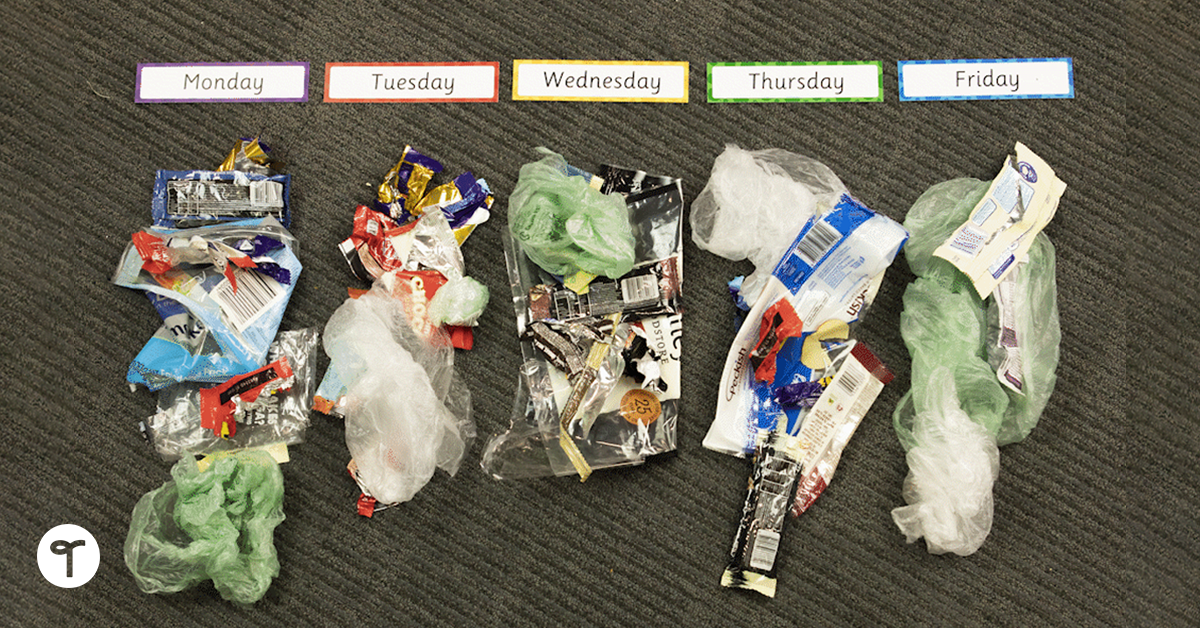
Brainstorm Ways to Address Plastic Pollution in our Oceans
Teaching kids about the negative impacts of pollution on marine life is a good way to highlight the importance of protecting our environment. It serves as a science lesson, a World Environment Day activity and a way to touch on their roles as Australian citizens — three in one!
After introducing the different types of ocean pollution — such as plastic, oil spills and toxic waste — ask your students to brainstorm ways to reduce ocean pollution. You can suggest a few ideas to get them started — reducing plastic use, properly disposing of waste or participating in beach cleanups.
Divide your class into small groups, and assign each group a type of ocean pollution that you’ve described. Ask them to research and create a poster to present to the class about the effects of their assigned pollution and ways to create a clean and healthy home for marine life.
Once the presentations are complete, why not ask admin if the students can hang them up in the school hallways so other students can be inspired to protect the oceans?
Eco packaging project
This is a great activity to get young learners thinking about alternative packaging materials and tapping into their problem-solving and creativity skills. Once they have developed their final designs, an exhibition can be held in the classroom to share their plastic-free solutions with the rest of the class.
Want more? Check out this resource: Sequencing Activity – Stop Polluting The Ocean.
Run a School Clean Up Competition
You’ve probably heard of Clean Up Australia Day, but you don’t have to stop there.
Why not challenge your class to a scavenger hunt and clean up litter around the school for World Environment Day this year? Whether an individual challenge or per class, this is a great way to teach kids not to litter the environment with harmful plastics.
To take part, students can wear protective gloves and use a large biodegradable bag to collect litter from around the school grounds. The student who has collected the most rubbish can be rewarded with a fun gift, such as a tuck shop voucher.
Recycle and Upcycle in the Classroom
We know recycling instead of supporting single-use plastics is an actionable way to fight environmental pollution, so establishing a recycling system in your classroom is a fantastic idea. A recycling station can be set up using a bin for plastic materials so students can learn to separate general waste from recyclable plastics.
At the end of each month, you can take the plastic bottles and cans to an exchange organisation, such as Containers for Change, and donate the funds to an environmental cause the class chooses. So that the class can see their recycling efforts come to fruition, a goal chart can be displayed in the recycling station area and progress marked each month.
Explore a whole collection of recycling printables, activities and worksheets!
Learn About Other Pollutants
In conjunction with plastic pollution, it is also essential to teach kids that pollution comes in different forms, including air pollution, landfills and chemical spills. Crude oil and chemical spills pose a harmful threat to marine life and the ecological system in the ocean.
For students to better understand the impact of an oil spill, we’ve got an interactive science experiment for the whole class to try. Through the exercise, students create an ‘oil spill’ and work together to find different solutions to clean up the spill and observe how a real-life disaster would impact the environment.
8 Pollution Facts to Share With Your Students
If you’re looking for more ways to teach your class about pollution, why not incorporate a few fast facts in your activities? We’ve rounded up 8 pollution facts for you to use as a backbone for research projects and to support lesson plans.
- Each year, 400 million tonnes of plastic waste is produced worldwide.
- Of the 7 billion tonnes of plastic waste accumulated globally, only 10% has been recycled.
- Plastic bottles can take up to 450 years to decompose, and single straw can take up to 200 years!
- Not all pollutants are manufactured; volcanic ash is a natural pollutant that affects the air quality.
- Austria and Switzerland have the highest recycling rates in the world, as they recycle 50-60% of their garbage.
- Ever wondered where the garbage truck takes your rubbish? One way to store garbage is at landfills, which are large holes in the Earth layered with soil and waste.
- Decomposing waste in landfills releases greenhouse gases into the atmosphere and contributes to climate change.
- Did you know? 99% of plastic is made of fossil fuels.




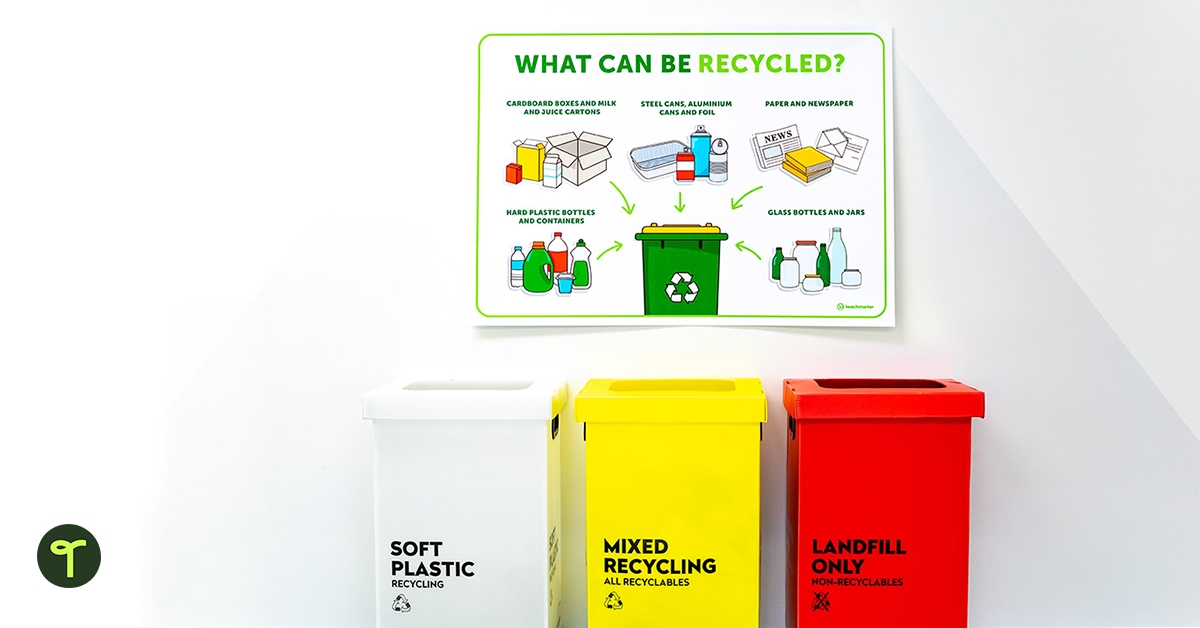
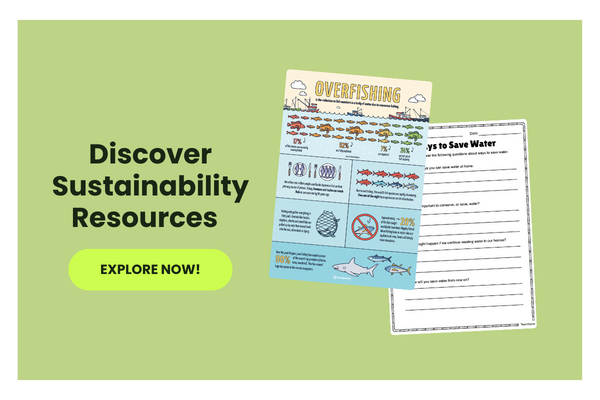
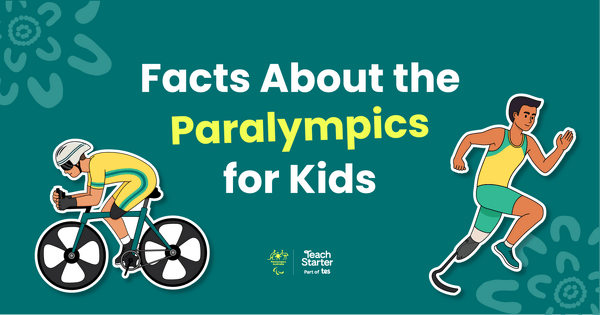

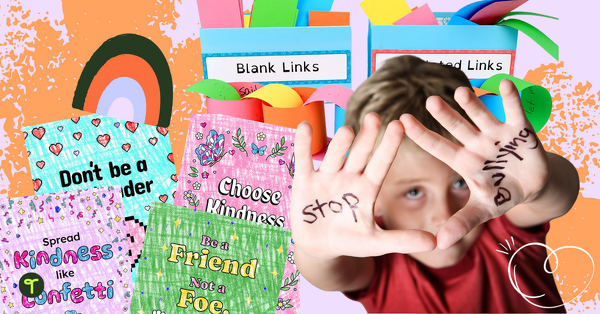
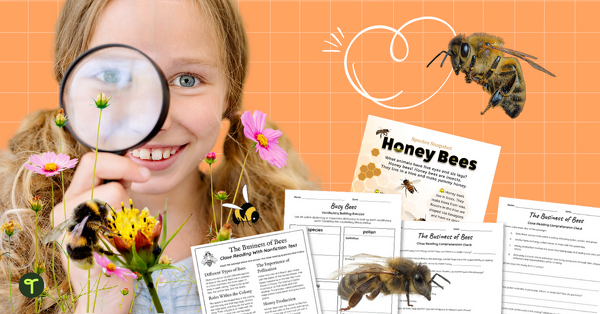
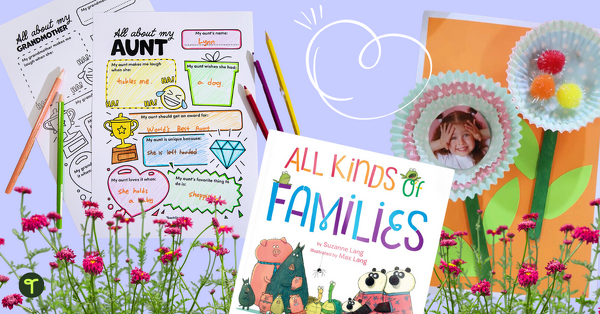
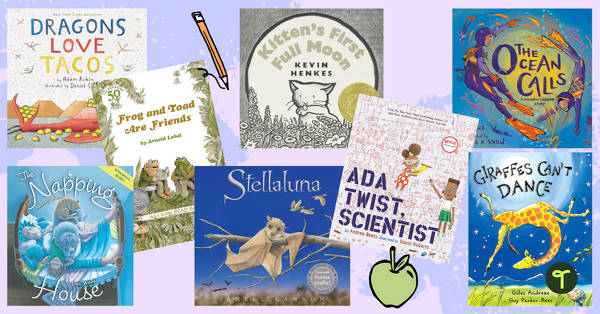
Great Resource! 🥰
Hi Annabel, thank you so much for your kind feedback! We are so glad you are enjoying our resources.